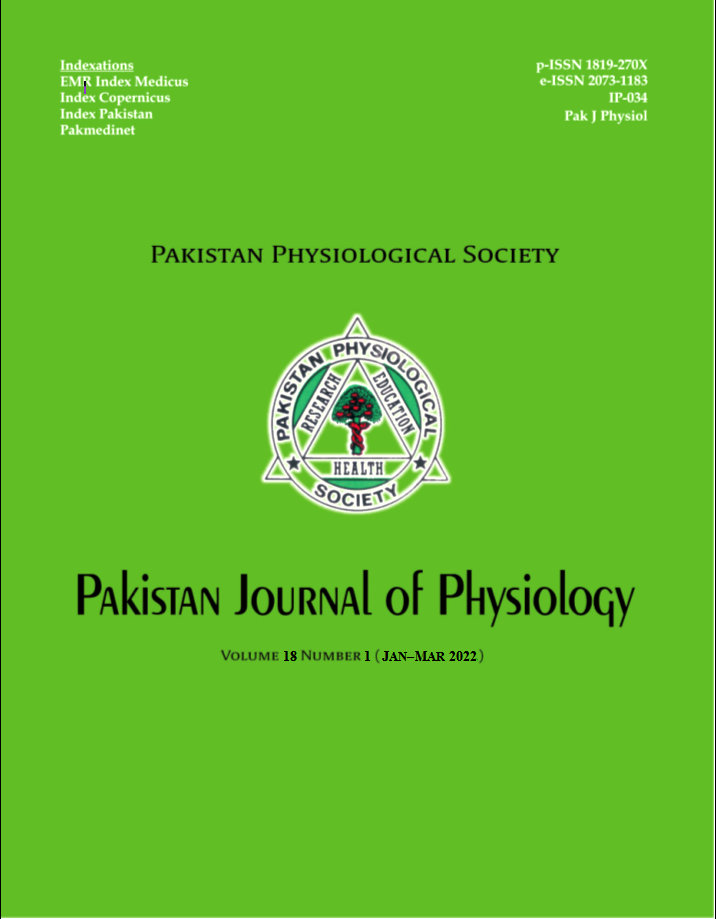COMPARISON OF PORT SITE WOUND INFECTION WITH AND WITHOUT ENDOGLOVES TECHNIQUES FOR RETRIEVAL OF GALLBLADDER AFTER LAPAROSCOPIC CHOLECYSTECTOMY
DOI:
https://doi.org/10.69656/pjp.v18i1.1401Keywords:
laproscopic cholecystectomy, endoglove, gall bladder.Abstract
Background: Laparoscopic cholecystectomy decreases postoperative pain, the need for postoperative analgesia, and hospital stay from 1 week to <24 hours. Endogloves are frequently used in laparoscopic cholecystectomy. This study was conducted to compare the frequency of port site wound infection with and without endogloves techniques of retrieval of gallbladder (GB) in pouch after laparoscopic cholecystectomy for chronic calculus cholecystitis. Methods: This comparative analytical study was done at Department of General Surgery, CMH, Muzaffarabad, Azad Kashmir from March 2018 to March 2020, and included 260 patients in the study. Patients with symptomatic cholelithiasis but without acute onset were selected for the study. The patients were divided into two groups; one group underwent conventional laparoscopic cholecystectomy with endogloves technique and the other group without endogloves. All operations were done by the same surgical team and all patients got same preoperative and postoperative antibiotics. Port site wound infection was looked for. Data was recorded and analysed using SPSS-20. Results: The mean age of the patients in group undergoing laproscopic cholecystectomy with endogloves was 48.09±15.40 years and in group undergoing laproscopic cholecystectomy without endogloves it was 47.51±16.48 years. Male to female ratio was 1.06:1. The post-op wound infection was found in 11 (4.23%) patients (2 from with-endoglove group, 9 from without-endoglove group). Statistically significant differences were found between groups (p<0.05). Conclusion: The use of endoglove technique of retrieval of gallbladder in pouch after laparoscopic cholecystectomy for chronic calculus cholecystitis potentially reduces port site wound infection compared to retrieval without endogloves.
Pak J Physiol 2022;18(1):23?5
Downloads
Downloads
Published
How to Cite
Issue
Section
License
The author(s) retain the copyrights and allow their publication in Pakistan Journal of Physiology, Pak J Physiol, PJP to be FREE for research and academic purposes. It can be downloaded and stored, printed, presented, projected, cited and quoted with full reference of, and acknowledgement to the author(s) and the PJP. The contents are published with an international CC-BY-ND-4.0 License.












